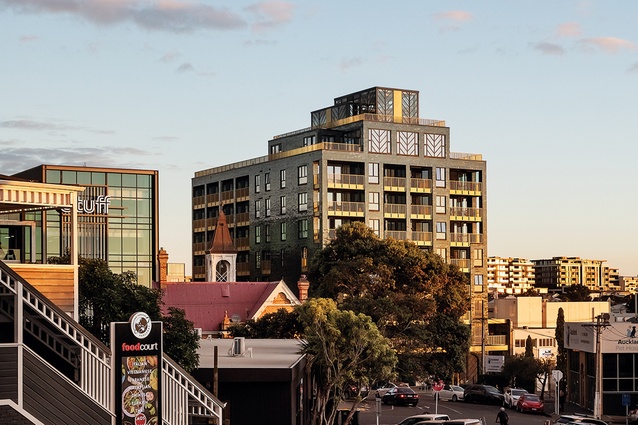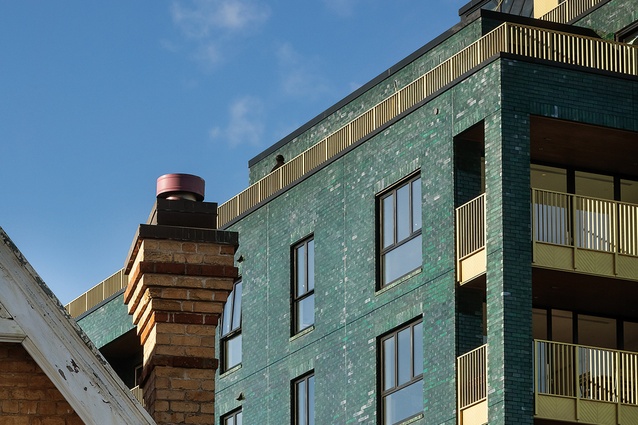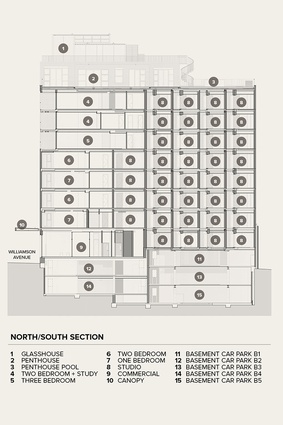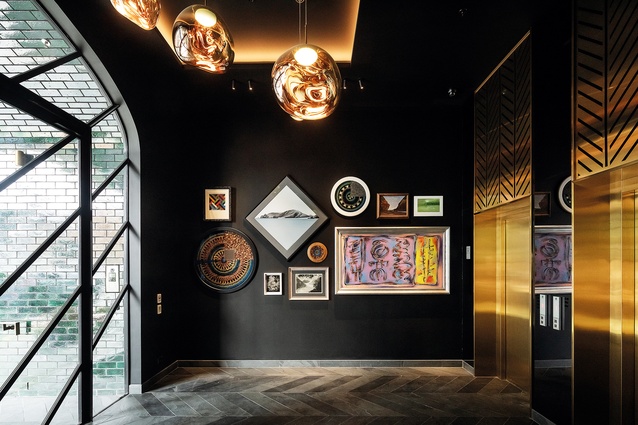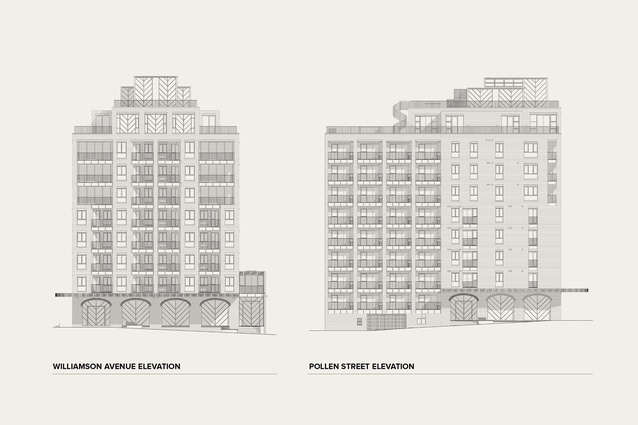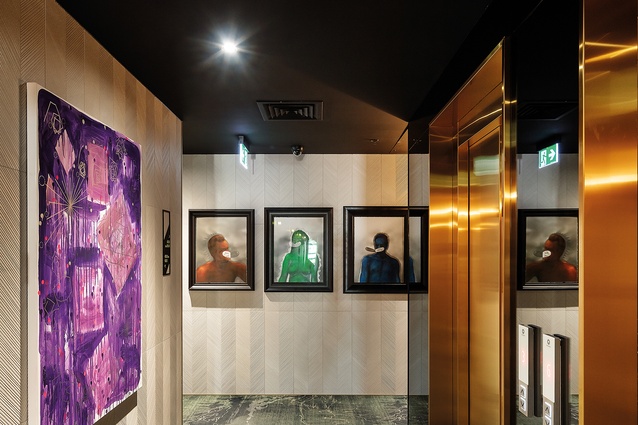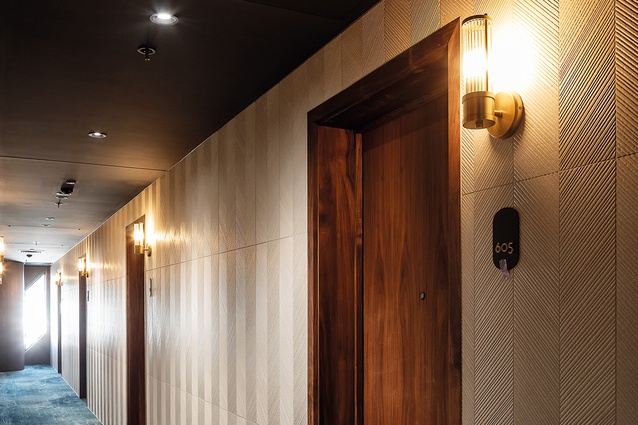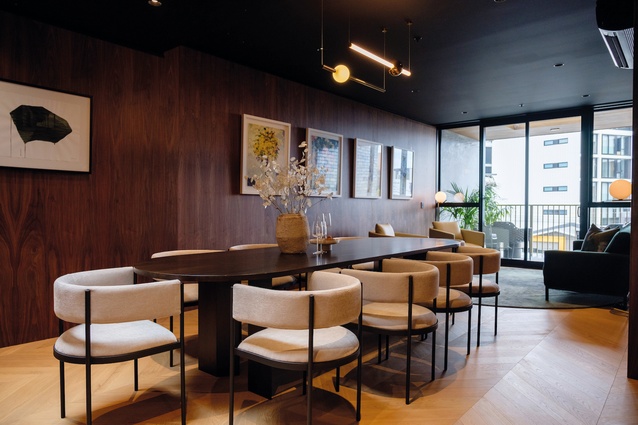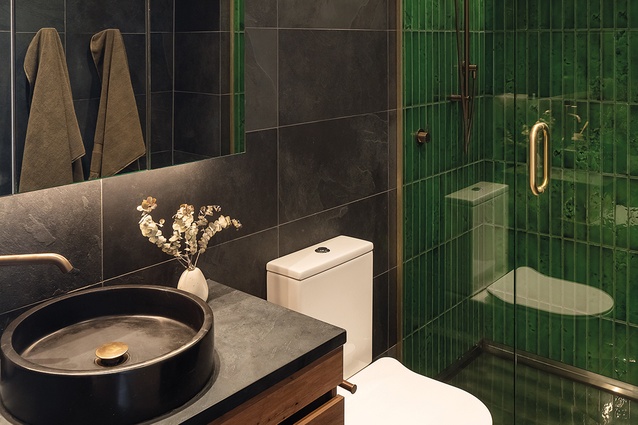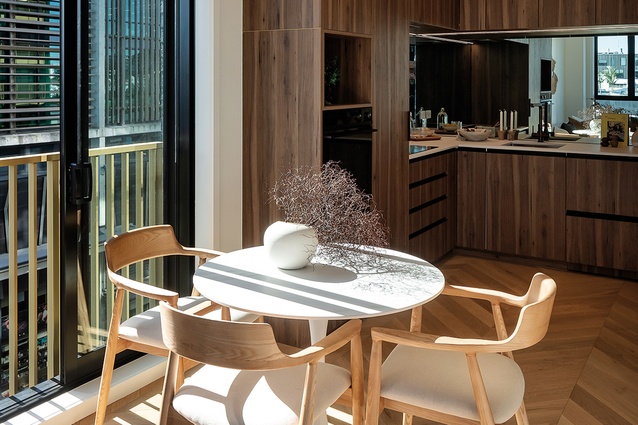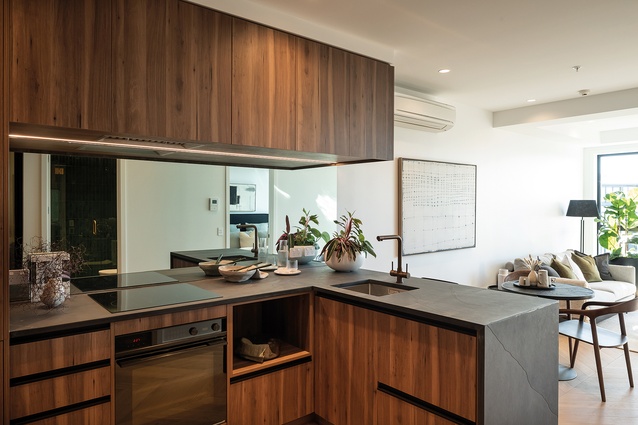Re-imagining urban communities
Apparently, families do not want to live in apartments — or so I was told several times over in 2012 by real-estate agents, while searching for an apartment large enough for my family to live in.
The property market in Aotearoa New Zealand tends to use the false narrative of demand and supply, pretending that it is responsive to social needs and trends. Yet, in fact, the combination of the property market and financial lending criteria limits housing choices, directly affecting social structures and urban form. Our suburban sprawl is driven by mortgage access favouring detached dwellings, under-fuelled by individual property rights, and this has become a cultural norm.
Yet, we have known for decades the damage that the endless spread of this housing form causes, economically, socially and environmentally.1 And we have long been aware of the rich alternatives in medium-density typologies evident throughout the world, yet have overlooked these options for decades because of mortgage barriers for apartment dwellings and, especially, for an apartment as a choice for a family home (a 50 per cent deposit requirement was in place until August 2012).
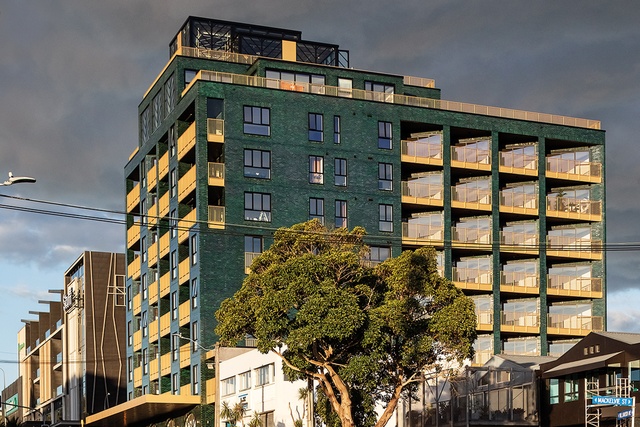
The environmental damage has been enormous, and this is why I am grateful for developments such as The Greenhouse by Ockham Residential, which provides almost 100 new homes on a comparatively small footprint in the urban-fringe area of Ponsonby in Tāmaki Makaurau Auckland.
As well as land-use and infrastructure reduction, this saves hundreds of daily car commutes. More inner-city homes mean more people using the local streets as pedestrians, as cyclists or on public transport and, eventually, the streets become social gathering spaces, which have governance from the people who live in the area. As evidenced in the data presented by New York City’s former transportation commissioner Janette Sadik-Khan recently, strengthening the life on streets creates a safer and more socially and economically vibrant city.2
As a developer, Ockham Residential is part of the very property market that has ignored inner-city living for so long, so it is refreshing to have the investor-led typology (think shoeboxes and high-end penthouses) being reshaped by an internal player. Ockham has a genuine interest in “re-imagining urban communities”,3 and has shown this through its 16 completed projects over the last 15 years.
THE BUILDING OBJECT
Much has been and will be said about the building object itself, and especially about the green-brick exterior and New York-style referencing in the detailing. The research, costs and technical developments required for the construction of a 10-storey brickwork-clad building have certainly been worth it. Lead architect for The Greenhouse Tania Wong has described several of the complexities and features of the building — the earthquake structural requirements, the pre-cast elements behind the green-brick cladding, and the casting and pressing methods used in several bespoke elements, such as the soffit panels, among others.

Having an in-house architectural team is a point of difference for a developer and Wong was the first architect in the team, which now numbers nearly 20. As Ockham’s Head of Architecture, she has been immersed in the enduring Ockham approach since the initial project in 2009 (The Ockham Building, Kingsland). Ockham Residential is known for investing in long-term materials, initially experimenting with pre-cast concrete panels and, more recently, with coloured brickwork claddings (most notably for me: the refractive black brick on the Modal apartments in Mount Albert).
Here, the Italy-sourced handmade green bricks add an element of contextual generosity to what is a large bulk in a developing area of Ponsonby. The colour of the building is gorgeous, especially as the light moves across the deliberately uneven surface in unexpected ways — in various weathers and during the course of the day. The interiors provide the expected level of comfort, luxury and practicality for its location, with a small, covered deck connecting each apartment with the street and/or a view.
SHARED SPACE
I will leave it to other reviewers to describe further the building object itself and, instead, focus on its contribution to its immediate environment and community. As already noted, I believe this contextual apartment building will enhance street life and safety, and its form and materials will have a positive effect on the urban pattern. However, the internal arrangement of space in The Greenhouse is typical of many Auckland apartment developments, which tend to sacrifice ‘shared space’ for private space.
The beauty of inner-city living is that it can provide the small, village-scale social groupings that so enhance our health, and which are mainly absent from a car-dominant contemporary life. Chance conversations can occur as people move between the public realm of the street and the private realm of the apartment, and the design of this shared-space zone can be critical in supporting any developing long-term social groups and their governance. Rather than imitating the private-to-private suburban scuttle from car to house, apartment design can increase the opportunity for casual encounters in the shared-space areas. Hopefully, through design, we can combat isolation, one of our increasing health concerns.4

The design of shared spaces — usually the staircase areas and circulation routes, also courtyards or swollen nodal points — tend to receive the least space and attention in typical Auckland apartment design. The obvious reason is they create no financial return, and the less-obvious reason is that, when provided in this country, they are notoriously under-used. Culturally, we have little experience in courtyard design, tending to favour the long view from a linear edge condition (think the beach, a verandah) more than shared space with an internal, communal focus. The shared space provided in The Greenhouse is the wonderful Residents Room, which is beautifully appointed and connects to the street via its Level 1 covered deck, rather than connecting to the main circulation areas. This shared space is more an extension of private space, and is available to all through a booking app, which reduces random crossover moments for residents.
Auckland has no real or established history of urban living and apartment typologies,5 and paying attention to shared space as we develop our apartment design language is important. If architecture is read as a built expression of social structures as well as financial structures, then the reduction of shared space in dense communities can be seen to reflect the excessive individualism of our times. The challenge, then, is to design for social generosity.
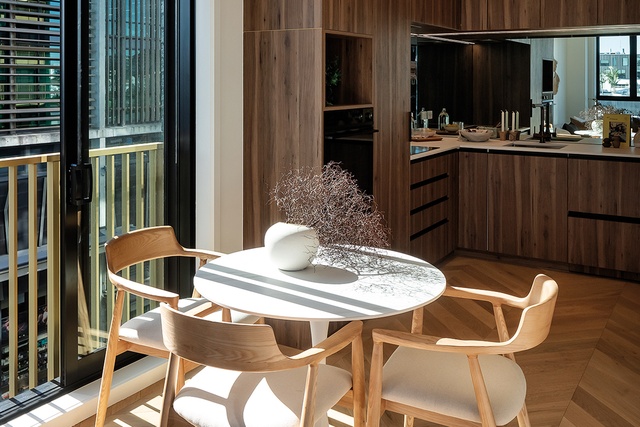
FAMILIES DO WANT TO LIVE IN APARTMENTS
It is a fact that there are plenty of families who want to live in apartments and that the demand has always been there — and these are families of all kinds, not only the nuclear family which dominates housing design. They enjoy their intense domestic interiority juxtaposed with immediate urban activity, they enjoy their smaller carbon footprints and not being car-reliant, they enjoy less maintenance and higher security, and they enjoy the village-scale communities that can develop within apartment buildings.
There are five three-bedroom apartments and one four-bedroom apartment in The Greenhouse, and all sold quickly, proving this demand for homes beyond the investment model for a transient demographic. Once mortgages on apartments were on a par with detached suburban dwellings, the typology began to shift, with realtors and developers finally taking notice, and it is heartening to see developers such as Ockham Residential offering a quality alternative to suburban sprawl. Since 2012, families such as my own have been able to have a choice in housing type, and I am hopeful and confident that, in years to come — alongside the usual sector of inhabitants for urbanfringe apartments in Auckland — The Greenhouse will be filled with families of all varieties.

References
1. In the 1990s, urban reformist and Canadian architect Jack Diamond (1932–2022) presented data to an Auckland audience clearly showing that medium-density apartment buildings (ideally of five storeys) have the least environmental impact across all measured categories.
2. Janette Sadik-Khan, ‘Our City Tomorrow’, 21 March 2024, Waitākere Room, Aotea Centre, Auckland.
3. From The Greenhouse Apartment Guide, Ockham Residential, 2024, p. 24.
4. Roy Lay-Yee, Ahmad R Hariri, Annchen R Knodt, Ashleigh Barrett-Young, Timothy Matthews and Barry J Milne, ‘Social isolation from childhood to mid-adulthood: is there an association with older brain age?’ Psychological Medicine, 2023, 53, pp. 7874–7882.
5. Some notable yet singular exceptions to our undeveloped typology should be noted here, such as: the Mayfair Flats by Gummer & Ford 1930; Cintra Flats by Horace Massey 1936; and State Housing developments, which include the Symonds Street Flats by Fred Newman 1945 and the Lower Greys Avenue Flats 1941–1947, both under Gordon Wilson for the Ministry of Works Department of Housing Construction, and the Star Flats by Neville Burren, built throughout New Zealand during the 1960s, again by the Ministry of Works.


